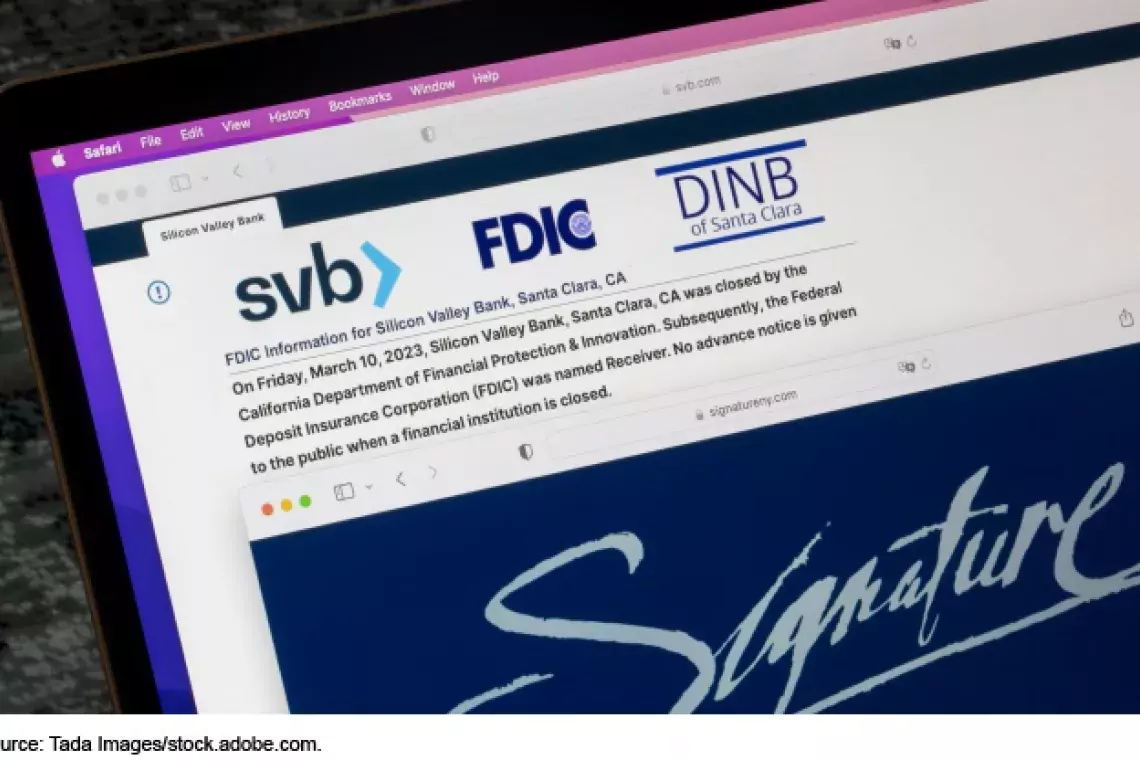Bank Supervision: What’s Changed Since the Financial Crisis
When big banks failed during the 2007–2009 financial crisis, it wasn’t a complete surprise. Federal bank supervisors had found underlying risks at those banks, but didn’t always act on those findings to help banks be better actors. Today’s WatchBlog looks at our report on how large bank supervision has changed since the crisis.
Who are the supervisors? Supervisors of large banks work for these federal banking regulatory agencies:
- the Federal Deposit Insurance Corporation
- the Board of Governors of the Federal Reserve System
- the Office of the Comptroller of the Currency
What do they do? Supervisors from these agencies examine large banks over the course of a 12- or 18-month cycle. These examinations generally include assessments of the bank’s:
Capital adequacy: How much capital the bank has vs. its potential losses.
Asset quality: The risk of potential losses for each type of asset the bank has.
Management: The bank’s ability to react to financial stress.
Earnings: The bank’s ability to expand and compete in the market, based on the company’s growth, stability, and other factors.
Liquidity: Availability of assets that can easily be converted to cash.
Sensitivity to market risk: The degree to which changes in market conditions can adversely affect the bank. This rubric is known as “CAMELS” and is a tool for evaluating the soundness of banks on a uniform basis and for identifying those banks requiring special attention or concern.
Supervisors can write letters to a bank after certain examinations. At the end of the supervisory cycle, supervisors issue a report to the bank. Letters and reports may include “supervisory concerns”—recommendations and matters requiring attention that the bank is expected to address within specific time frames.
How could they improve? Since the financial crisis, supervisors told us that they had incorporated more forward-looking elements into examinations—which seek to mitigate risks before they affect the bank’s financial condition. For example, regulators perform “stress tests” to evaluate whether a bank has enough capital to survive hypothetical bad scenarios, like a downturn in the real estate market.
In addition to what they’re already doing, we recommended that some supervisors could communicate more complete information to bank boards of directors. For example, they could include the reason for a deficiency and its potential effect on the bank’s operations. We made additional recommendations for some regulatory agencies about tracking trends in assessment data and escalating supervisory concerns—both of which could help ensure that banks take more timely corrective actions.
Check out our full report for more.
Comments on GAO’s WatchBlog? Contact blog@gao.gov.





